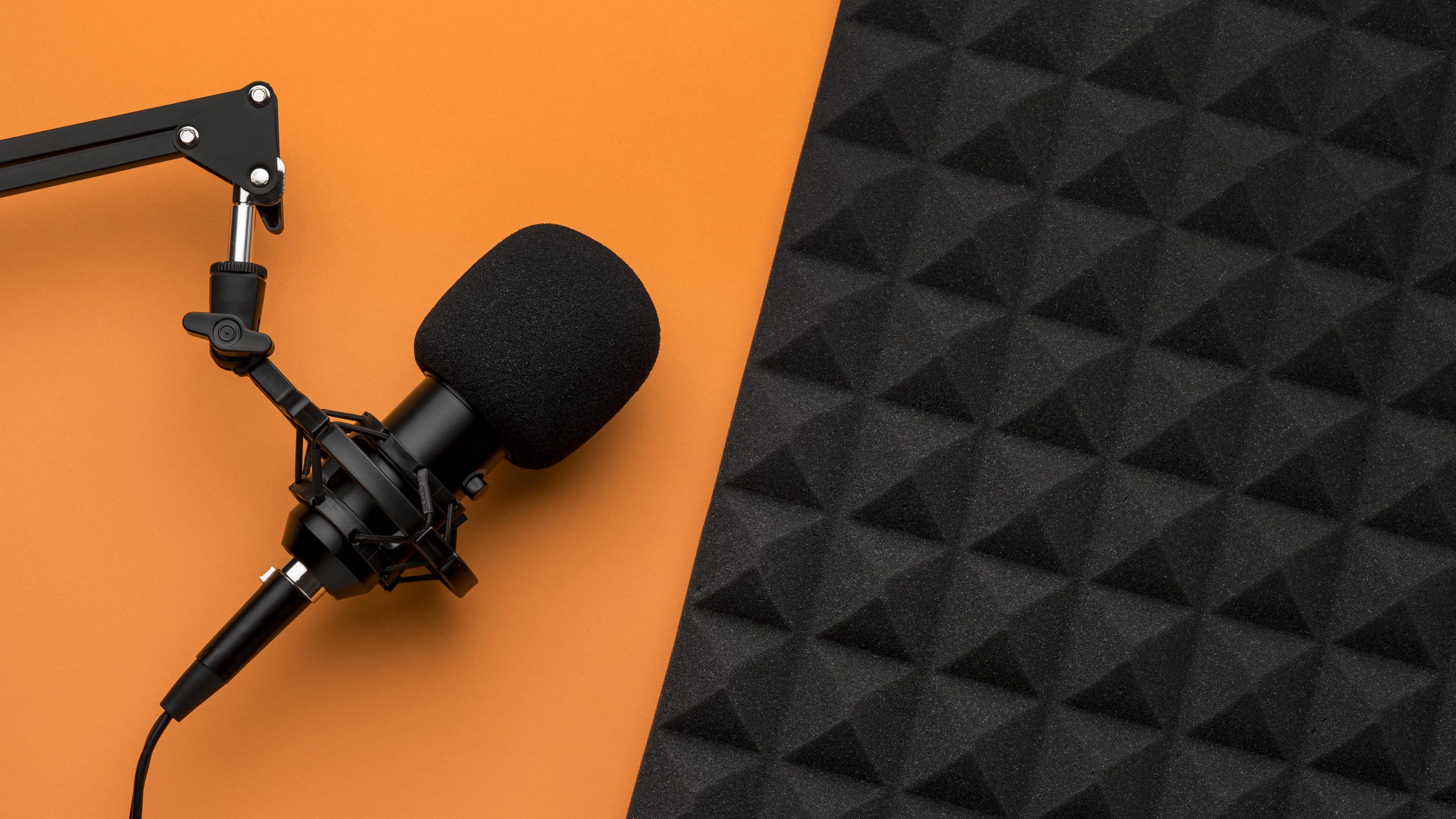Screaming our lungs out on a karaoke night with our friends or giving the minutes of a meeting through the audio system for conference room in your office, have you ever paused and thought about how your voice fills the entire room with such intensity that every corner feels the wave? How does a small cylindrical thing in your hand or a small blob fixed on the table amplify the sound and give it that volume? What is it?
Well, for starters, the device used for converting acoustic power into electric power with similar wave characteristics, is called a microphone. They convert sound waves into electrical voltages, subsequently converted back into sound waves and amplified through speakers.
How did it all begin?
Before the term was even introduced to the world, ‘microphones’ have been around amplifying sound since the 1600s.
The 1600s
Robert Hooke developed an acoustic cup and string-style phone, considered a pioneer in the field of transmitting sound across distances.
The 1800s
1827: Sir Charles Wheatstone coined the word “microphone”.
1876: Emile Berliner invented the first modern microphone, along with famed inventor Thomas Edison.
1878: David Edward Hughes, a British-American inventor/music professor, developed the first carbon microphone, a prototype of what is used today.
The 20th Century
1915: Vacuum tube amplifiers were added to improve the volume output for microphones.
1916: The condenser microphone, also called a capacitor or an electrostatic microphone, was patented by E.C. Wente.
The 1920s: In response to improving the quality of radio broadcasting, the RCA Company developed the first ribbon microphone, the PB-31/PB-17.
1928: Georg Neumann, from Germany, designed the first commercial condenser microphone, nicknamed “the bottle” because of its shape.
1931: Western Electric marketed its 618 Electrodynamic Transmitter, the first dynamic microphone.
1957: Raymond A. Litke, an electrical engineer invented the first wireless microphone. It was designed for multimedia applications including television, radio, and higher education.
1959: The Unidyne III microphone was the first unidirectional device designed to transmit sound from the top of the microphone, rather than the side.
The 1970s: Both dynamic and condenser mics were enhanced for better sound sensitivity and a clearer sound recording. Various miniature mics were also developed during this decade.
1983: Sennheiser developed the first clip-on microphones: a directional mic MK# 40 and one for the studio MKE 2.
The 1990s: Neumann introduced the KMS 105, the condenser model for live performances.
The 21st Century
2000s: Microelectromechanical system microphones finally began making inroads into portable devices including cell phones, headsets, and laptops.
2010: The Eigenmike was released, a microphone composed of several high-quality microphones arranged on the surface of its spherical body, allowing omnidirectional voice absorption.
ACE OF THE NEW ERA- BRONX
Depending on your preference for the Chairman microphone or the Delegate microphone, Bronx caters to diverse choices and needs, all in the top-notch quality that does justice to the evolution the device has been through. Portable to fixated, all the sounds that reach you play in the crispiest quality, for your satisfaction.





